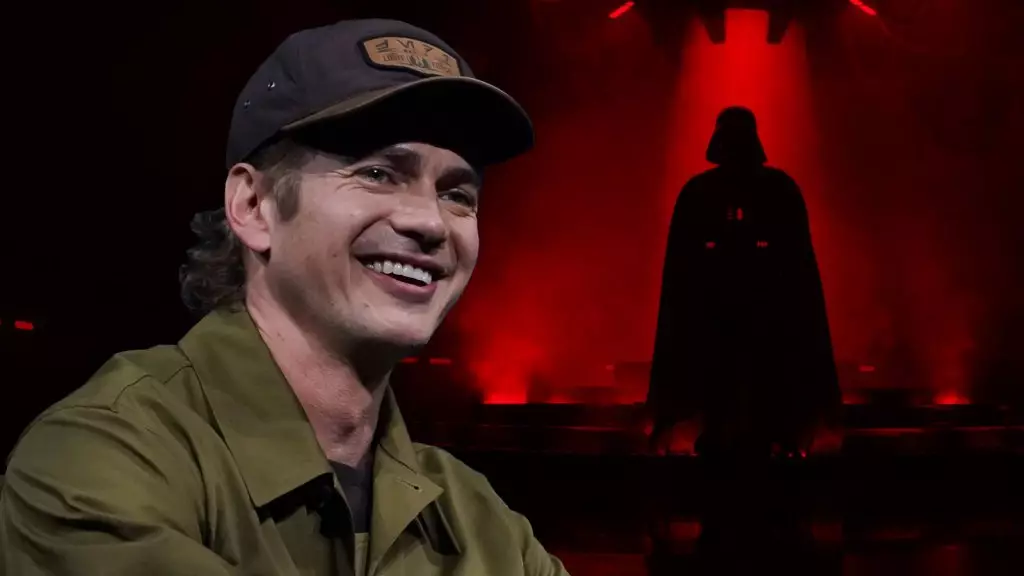Hayden Christensen’s return to the iconic role of Anakin Skywalker in the upcoming season of *Ahsoka* has elicited a mix of excitement and skepticism among Star Wars fans. Even as the nostalgia for the prequel trilogy casts a long shadow, the intricate layers of Anakin’s transformation into Darth Vader offer a tantalizing narrative possibility. Yet, the question arises: can the character’s depth be effectively explored without resorting to mere fan service?
One could argue that the allure of Anakin revolves around his tragic evolution—the bright-eyed Jedi Knight who becomes enslaved by darkness. Christensen’s acknowledgment of the “rich stories” yet to be told resonates deeply, but it also invites scrutiny. The risk lies in how these layers are peeled back. Will we witness genuine character development? Or will the narrative slide into yet another installment of domination and redemption devoid of substance, merely spinning the wheels of nostalgia?
Nostalgia vs. Innovation
Christensen’s enthusiasm is palpable; he expresses a deep love for the character, which is admirable. However, mere affection does not equate to definitive storytelling. The fervent embrace of nostalgia can often lead to a stagnant narrative cycle. The series must navigate the treacherous waters of beloved lore while still venturing into original storytelling. If *Ahsoka* merely retreads familiar ground, it risks alienating newer fans and diminishing the rich mythology of the Star Wars universe.
Moreover, it’s worth examining Christensen’s observations on Anakin’s complexity, which he describes as evolving. This reflects a broader trend in storytelling where character nuances and vulnerabilities are increasingly celebrated. Audiences today crave multifaceted characters who confront their own demons—preferably not in an over-simplified manner. Anakin’s inner conflict is a jewel in the narrative crown of *Star Wars*, and it is time for writers to use it wisely.
The Legacy of Anakin’s Choices
What adds layers to Anakin’s character is the moral ambiguity that surrounds him. He is a figure steeped in regret and remorse, grappling with the consequences of his choices. As Christensen points out, the reconciliation process with his new identity is substantial. The narrative must manage to address these psychological depths without glossing over the darkness that envelops Anakin/Vader.
Much of Star Wars’ emotional weight comes from the exploration of redemption and the ramifications of betrayal. If the *Ahsoka* series aims to stay true to the spirit of this story, it must not shy away from confronting ethical dilemmas. Engaging with these topics elevates the series from mere entertainment to a thoughtful commentary on the struggle between light and darkness within us all.
Hayden Christensen’s second act as Anakin Skywalker comes laden with potential and peril. The exploration of nuanced character arcs—as argued—is what viewers deserve, suggesting that the next phase of the Star Wars saga must walk a fine line between reverence for its past and bold strides into a more complex narrative future.

